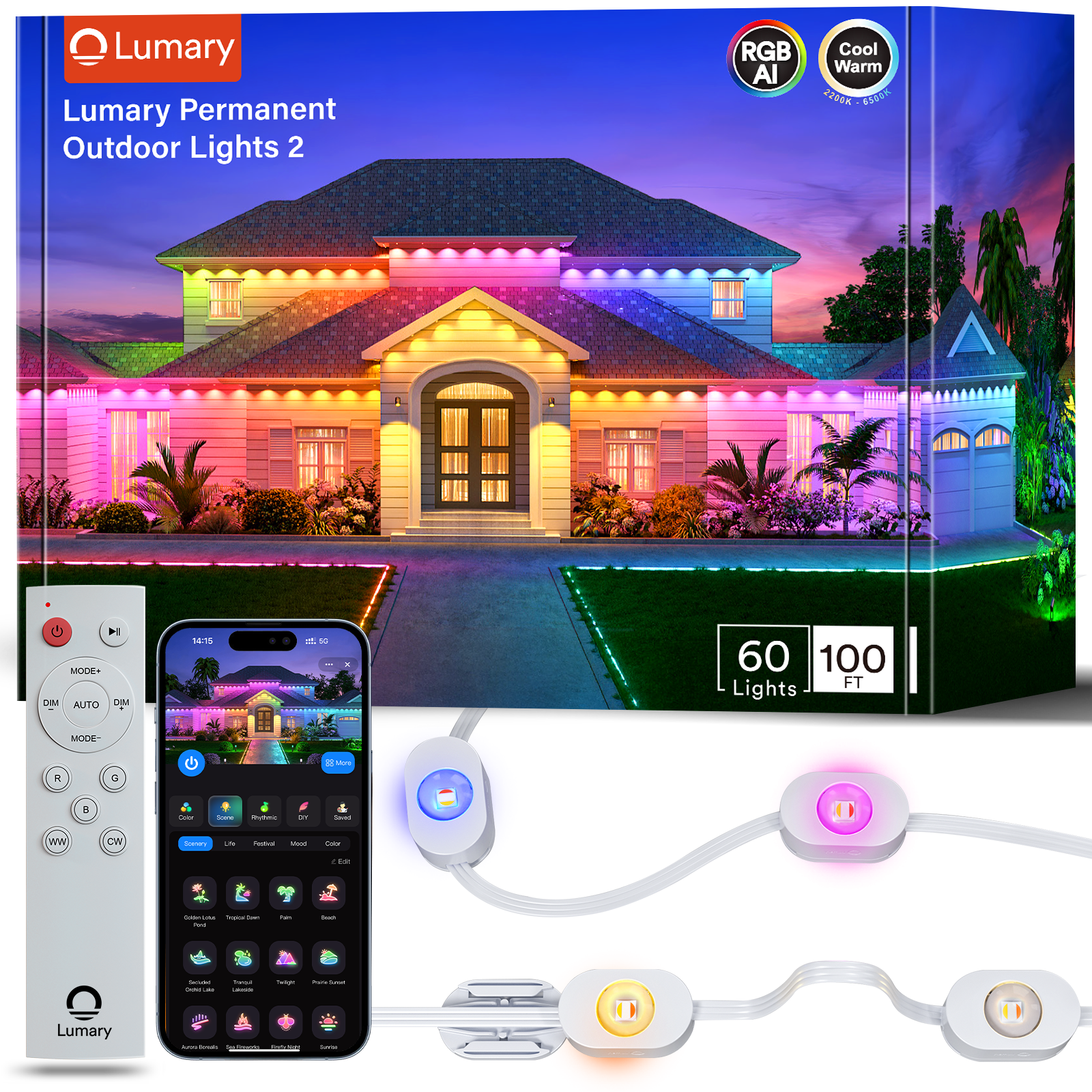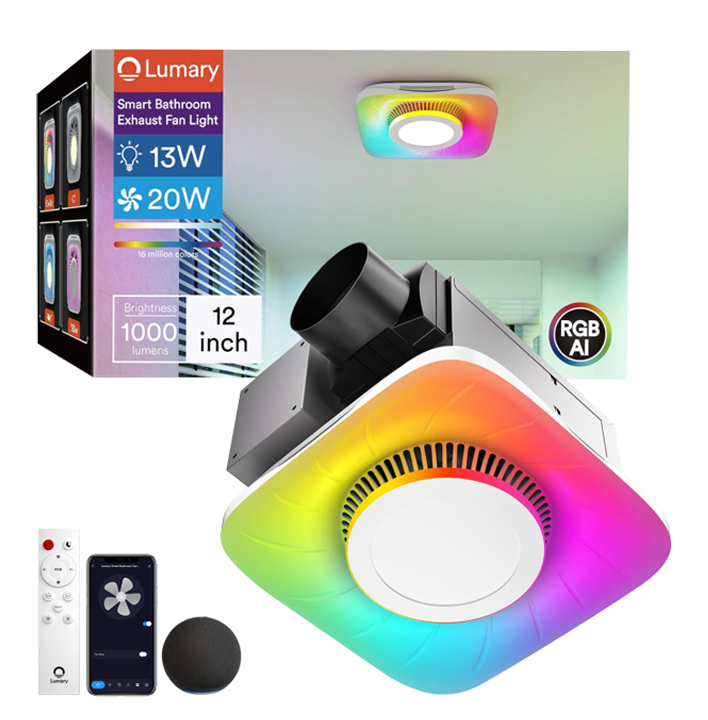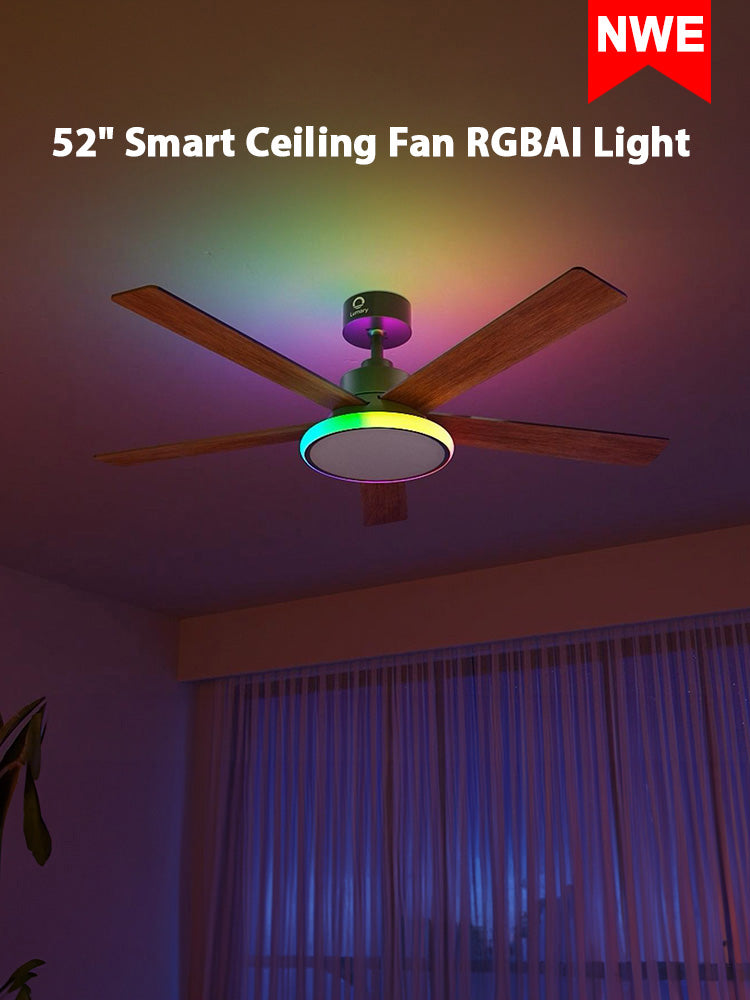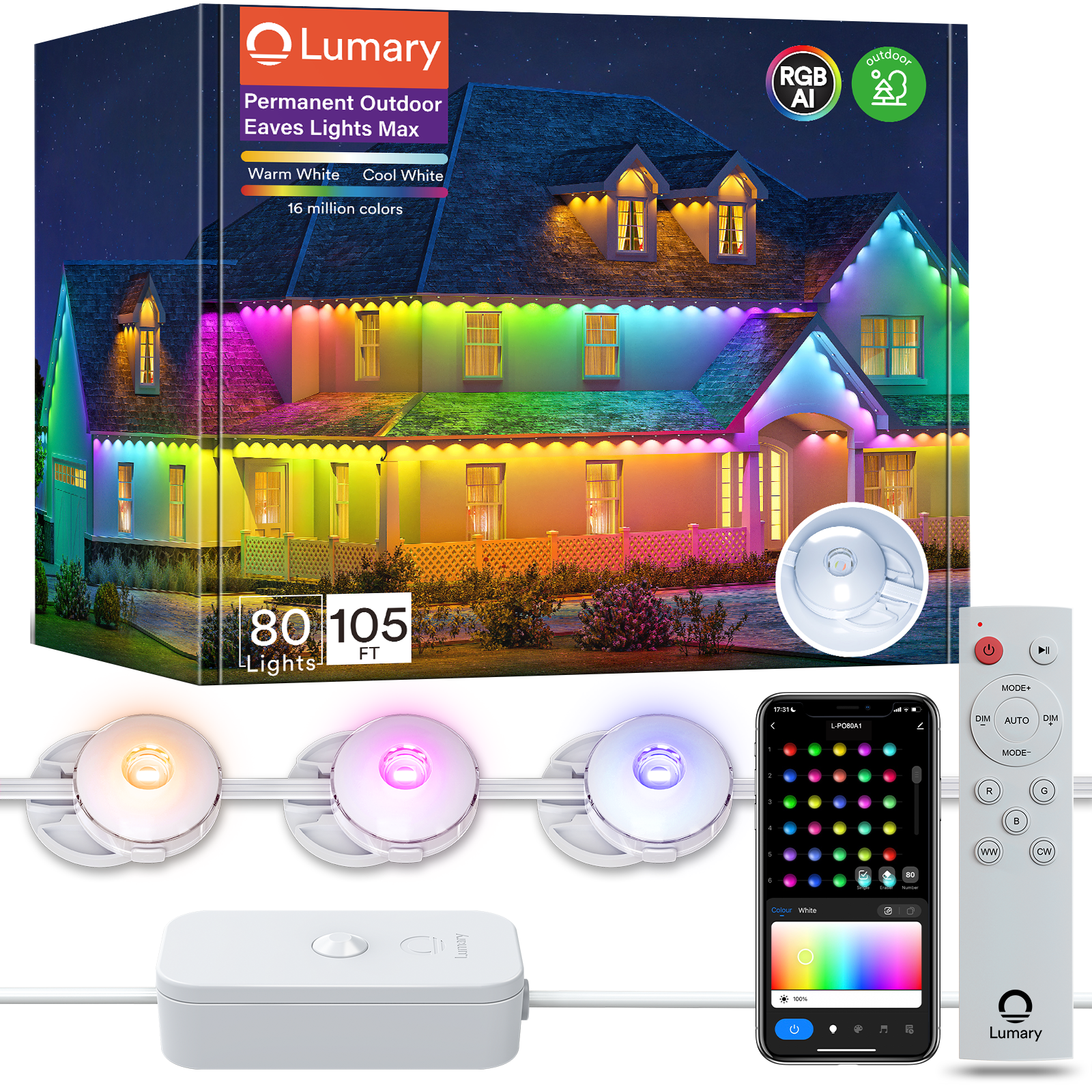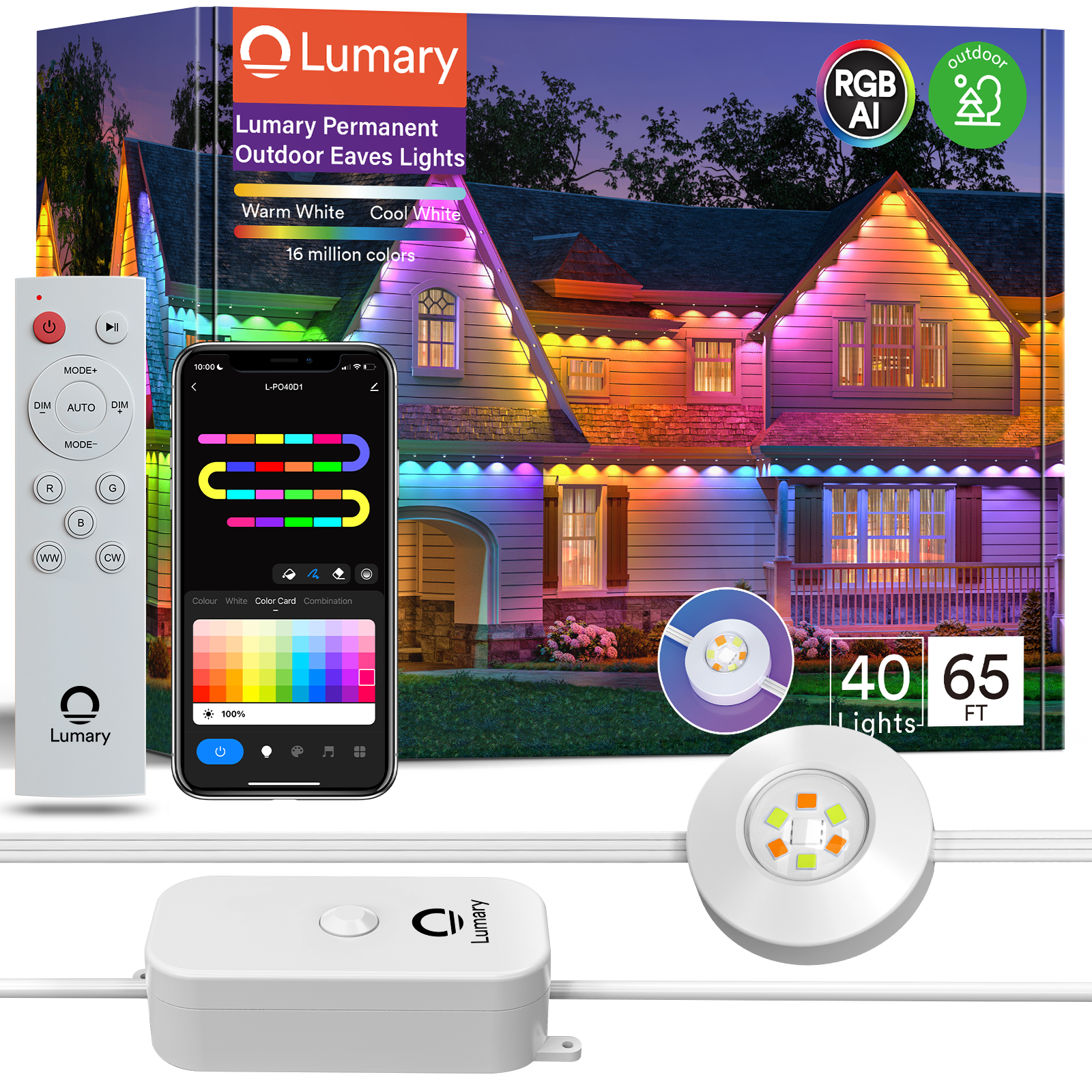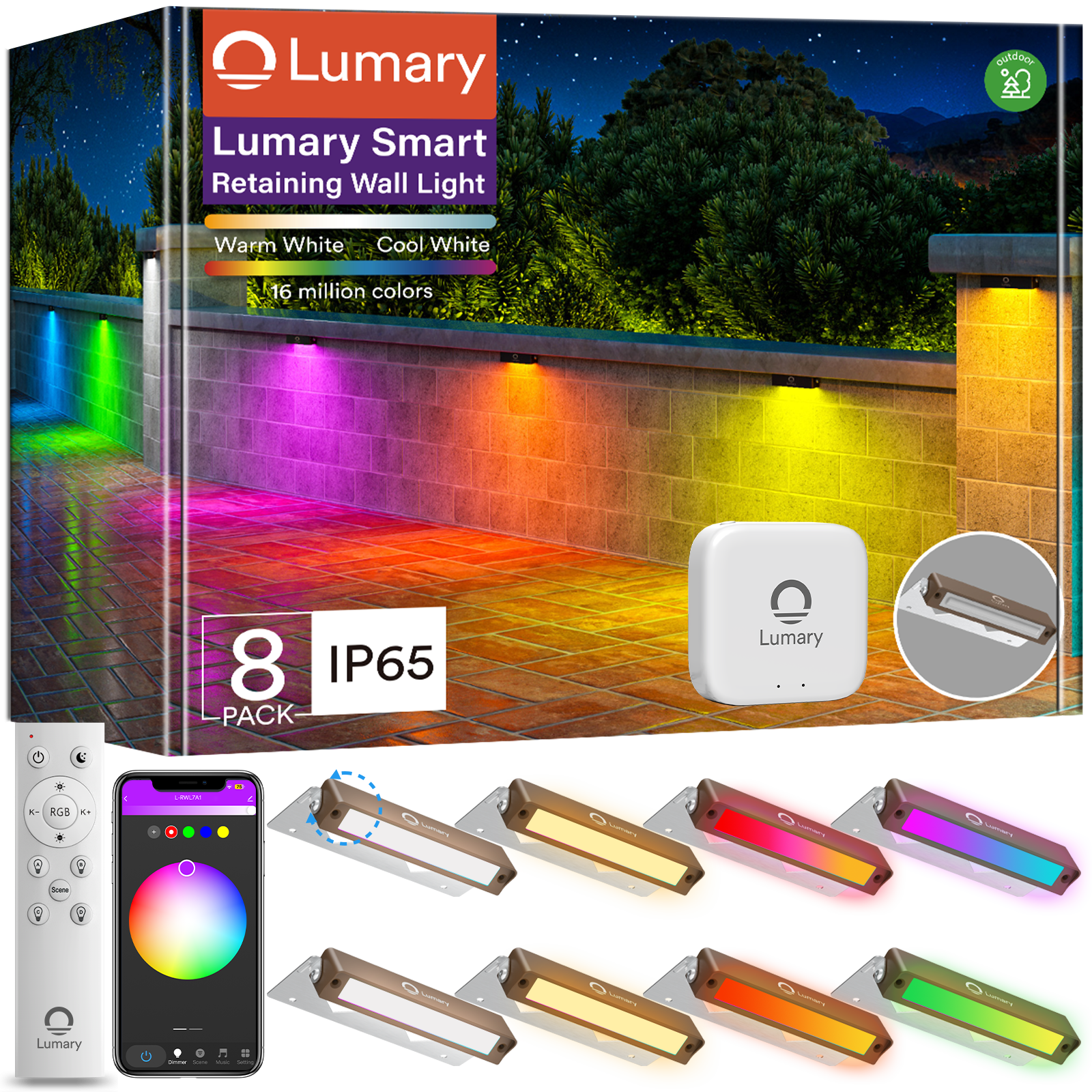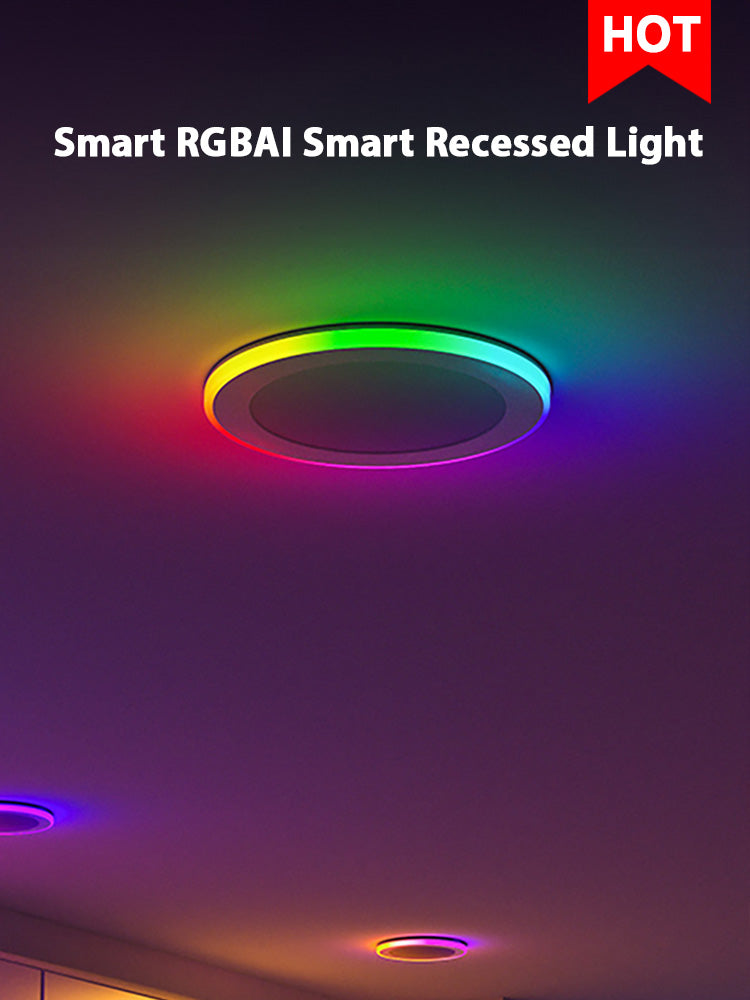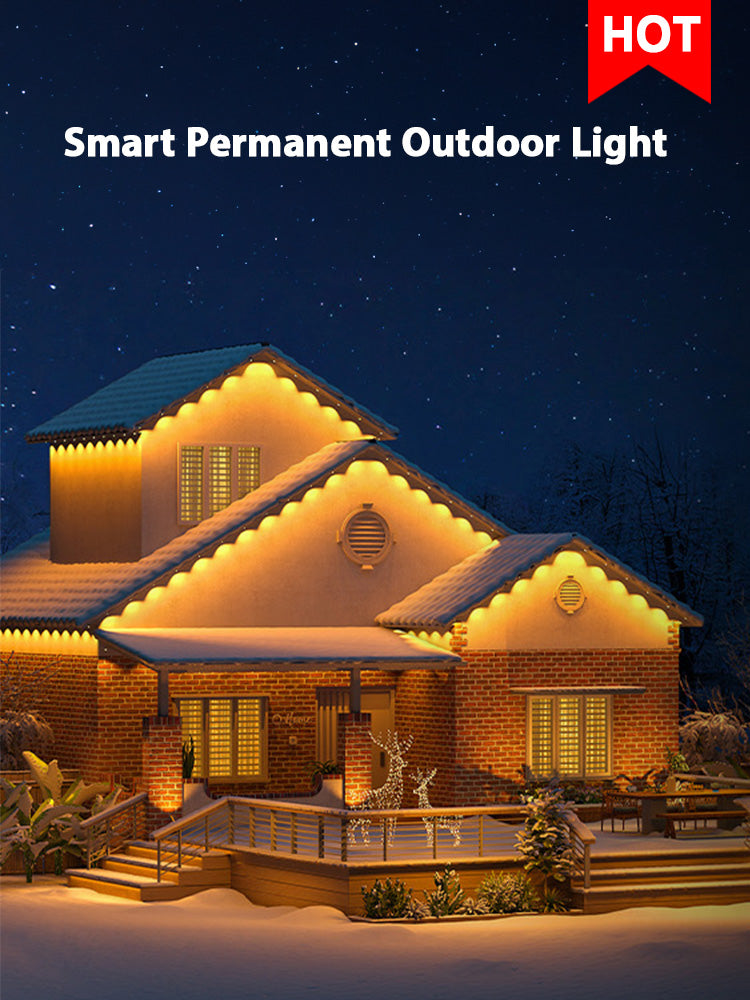Smart lighting has revolutionized the way homes and businesses illuminate spaces. The integration of intelligent features and controls offers more than just energy savings. Smart lighting systems enhance user comfort, convenience, and security. The market for smart lighting has grown significantly, valued at USD 15.05 billion in 2022 and projected to expand further. DIY smart lights provide an accessible entry point for homeowners looking to upgrade their lighting solutions. These systems can reduce energy costs by up to 90%, contributing to both financial savings and environmental benefits.
Understanding Smart Lighting

What is Smart Lighting?
Definition and Key Components
Smart lighting refers to lighting systems that can be controlled remotely through various devices. These systems often include smart bulbs, LED strips, and lamps. The key components of smart lighting involve light sources, luminaries, sensors, control units, and connectivity options. Smart lighting systems use wired and wireless communication protocols such as Bluetooth, Wi-Fi, ZigBee, and Z-Wave for networking necessary components.
How Smart Lighting Works
Smart lighting systems operate by integrating with a centralized control system. Users can manage the lighting through smartphone applications, voice commands, or automation features. The lights contain chips that enable wireless communication with other devices. This allows for remote control, scheduling, motion detection, and color adjustments. Voice control platforms like Google Assistant, Amazon Alexa, and Apple Siri enhance the user experience by providing hands-free operation.
Types of Smart Lighting Systems
Wi-Fi Based Systems
Wi-Fi based smart lighting systems connect directly to a home’s Wi-Fi network. This type of system offers robust connectivity and can be controlled from anywhere with internet access. Popular examples include Philips Hue and Lumary Wi-Fi Smart Canless Recessed Lighting. Wi-Fi systems provide extensive features such as color customization, dimming, and scheduling.
Bluetooth Based Systems
Bluetooth based smart lighting systems use Bluetooth technology for communication. These systems are ideal for smaller setups where the control range does not need to extend beyond the immediate vicinity. Bluetooth systems offer easy installation and direct control through smartphones or tablets. Examples include certain models of smart bulbs and LED strips.
Zigbee and Z-Wave Systems
Zigbee and Z-Wave based systems use mesh networking technology. These systems allow multiple devices to communicate with each other, creating a more reliable and extensive network. Zigbee and Z-Wave systems are often used in larger smart home setups. They integrate seamlessly with other smart home devices and provide robust automation capabilities.
Key Features to Consider
Compatibility with Existing Devices
When choosing a smart lighting system, compatibility with existing devices is crucial. Ensure that the system can integrate with current smart home platforms like Google Nest, Amazon Alexa, and Apple HomeKit. Compatibility ensures seamless operation and enhances the overall smart home experience.
Energy Efficiency
Energy efficiency is a significant benefit of smart lighting systems. LED bulbs in smart lighting setups use up to 80% less electricity compared to traditional bulbs. Features like dimming, scheduling, and occupancy sensing further enhance energy savings. Efficient lighting reduces electricity bills and minimizes environmental impact.
Customization and Control Options
Customization and control options are essential features of smart lighting systems. Users can adjust color tones, set schedules, and create automation routines. Advanced systems offer features like music sync, scene setting, and biorhythm adjustments. Voice control and mobile app integration provide convenient and flexible management of the lighting environment.
Benefits of Smart Lighting

Energy Savings
Reduced Electricity Bills
Smart lighting systems significantly reduce electricity bills. LED bulbs in smart lighting setups consume up to 80% less electricity compared to traditional incandescent bulbs. Features like dimming and scheduling further enhance energy savings. Users can set lights to turn off automatically when not in use, preventing unnecessary energy consumption.
Environmental Impact
Smart lighting systems contribute to environmental sustainability. Lower electricity usage reduces the carbon footprint of households. Efficient lighting solutions help conserve natural resources. The long lifespan of LED bulbs also means fewer replacements, reducing waste. By adopting smart lighting, households can play a role in protecting the environment.
Convenience and Control
Remote Access
Smart lighting systems offer unparalleled convenience through remote access. Users can control lights from anywhere using smartphone applications. This feature ensures that lights can be turned on or off even when away from home. Remote access provides peace of mind and enhances home security.
Automation and Scheduling
Automation and scheduling features make smart lighting systems highly convenient. Users can set lights to follow specific routines. For example, lights can gradually brighten in the morning to simulate sunrise. Scheduling ensures that lights are only on when needed, optimizing energy usage. Automation can also include motion detection, turning lights on when someone enters a room.
Enhanced Security
Motion Detection
Motion detection is a key security feature of smart lighting systems. Lights can automatically turn on when motion is detected. This deters potential intruders and enhances safety. Motion-activated lights provide illumination in dark areas, reducing the risk of accidents.
Integration with Security Systems
Smart lighting systems integrate seamlessly with home security systems. Lights can be programmed to work in tandem with security cameras and alarms. For instance, lights can flash to alert homeowners of a security breach. Integration enhances the overall effectiveness of home security measures.
DIY Smart Lights Installation Guide
Planning Your Smart Lighting Setup
Assessing Your Needs
Start by evaluating the specific needs of each room. Consider factors like the purpose of the room, existing lighting conditions, and desired ambiance. For instance, a living room might benefit from adjustable color temperatures for different activities, while a kitchen requires bright, focused lighting for cooking tasks. Identify areas where smart lighting can enhance functionality and comfort.
Choosing the Right Products
Select products that align with your needs and preferences. Popular options include smart bulbs, smart switches, and smart plugs. Brands like Lumary offer versatile solutions such as the Lumary Wi-Fi Smart Canless Recessed Lighting 4 inch 12PCS. This product provides a spectrum of 16 million colors and features like music sync, making it ideal for various settings. Ensure compatibility with your existing smart home ecosystem to streamline integration.
Step-by-Step Installation
Setting Up Smart Bulbs
- Turn off the power: Ensure safety by turning off the power supply to the light fixture.
- Remove the old bulb: Carefully unscrew the existing bulb from the socket.
- Install the smart bulb: Screw the smart bulb into the socket securely.
- Power on: Turn the power back on and follow the manufacturer's instructions to connect the bulb to your Wi-Fi network using a smartphone app.
Installing Smart Switches
- Turn off the circuit breaker: Safety first. Turn off the circuit breaker controlling the switch.
- Remove the old switch: Unscrew the faceplate and disconnect the wires from the old switch.
- Connect the smart switch: Follow the wiring diagram provided by the manufacturer. Connect the wires to the corresponding terminals on the smart switch.
- Secure the switch: Attach the smart switch to the wall box and screw on the faceplate.
- Restore power: Turn the circuit breaker back on and configure the switch using the associated app.
Configuring Smart Hubs and Apps
- Set up the hub: If your system requires a smart hub, plug it into a power source and connect it to your router.
- Download the app: Install the manufacturer's app on your smartphone or tablet.
- Add devices: Use the app to add and configure your smart bulbs, switches, and other devices. Follow the prompts to complete the setup.
- Create routines: Customize your lighting experience by setting schedules, scenes, and automation rules within the app.
Common Installation Challenges
Troubleshooting Connectivity Issues
Connectivity issues can arise during installation. Ensure that your Wi-Fi network is stable and that devices are within range. Restart your router if necessary. Check for firmware updates for both the router and the smart lighting devices. If problems persist, consult the manufacturer's support resources for additional troubleshooting steps.
Ensuring Compatibility
Compatibility issues may occur when integrating new devices with existing smart home systems. Verify that all devices support the same communication protocols, such as Wi-Fi, Zigbee, or Z-Wave. Refer to the product specifications and user manuals to confirm compatibility. Incompatibility can lead to reduced functionality or connectivity problems.
Usage Tips and Best Practices

Maximizing Energy Efficiency
Using Schedules and Timers
Schedules and timers help optimize energy usage. Set lights to turn on and off at specific times. This ensures that lights operate only when needed. For example, schedule outdoor lights to turn off during daylight hours. This reduces unnecessary energy consumption.
Dimming and Color Temperature Adjustments
Dimming lights can save significant energy. Lowering brightness levels reduces power usage. Adjust color temperature to match the time of day. Use cooler tones during the day for better visibility. Switch to warmer tones in the evening to create a relaxing atmosphere. This approach enhances comfort while conserving energy.
Enhancing Home Ambiance
Scene Setting
Scene setting allows for customized lighting environments. Create different scenes for various activities. For instance, set a "Movie Night" scene with dimmed lights and warm colors. Use a "Reading" scene with bright, focused light. Adjust scenes easily through a smartphone app. This feature enhances the overall home experience.
Integrating with Voice Assistants
Voice assistants provide hands-free control of smart lighting. Integrate systems with platforms like Google Assistant or Amazon Alexa. Issue voice commands to adjust brightness, change colors, or activate scenes. This adds convenience and improves accessibility. Voice control simplifies managing multiple lights simultaneously.
Maintenance and Upkeep
Regular Software Updates
Regular software updates ensure optimal performance. Manufacturers release updates to fix bugs and add new features. Check for updates periodically through the app. Install updates promptly to maintain system efficiency. Updated software enhances security and functionality.
Cleaning and Replacing Components
Proper maintenance extends the lifespan of smart lighting. Clean light fixtures regularly to remove dust and debris. This ensures maximum brightness and efficiency. Replace components like bulbs as needed. Follow manufacturer guidelines for replacements. Proper upkeep guarantees long-term performance and reliability.
FAQs and Troubleshooting
Common Questions
How to Reset Smart Bulbs
Resetting smart bulbs often resolves connectivity issues. Follow these steps to reset a smart bulb:
- Turn the bulb off and on five times consecutively.
- Wait for the bulb to flash, indicating a successful reset.
- Reconnect the bulb to the smart home system using the manufacturer's app.
What to Do if a Device is Unresponsive
An unresponsive device can disrupt the smart lighting system. Here are steps to address this issue:
- Check the power supply to ensure the device receives electricity.
- Restart the device by turning it off and on.
- Verify that the device connects to the Wi-Fi network.
- Update the device firmware through the manufacturer's app.
- Contact customer support if the issue persists.
Troubleshooting Tips
Connectivity Problems
Connectivity problems can hinder the performance of smart lighting systems. Use these tips to resolve connectivity issues:
- Ensure the router is within range of the smart lighting devices.
- Restart the router to refresh the network connection.
- Check for interference from other electronic devices.
- Update the router firmware to the latest version.
- Use a mesh network to extend Wi-Fi coverage in larger homes.
App and Software Issues
App and software issues can affect the functionality of smart lighting systems. Follow these steps to troubleshoot app-related problems:
- Ensure the smartphone or tablet runs the latest operating system.
- Update the smart lighting app to the latest version.
- Clear the app cache to remove any corrupted data.
- Reinstall the app if problems persist.
- Contact the app developer for further assistance.
By following these troubleshooting tips, users can maintain the optimal performance of their smart lighting systems. Regular maintenance and updates ensure a seamless and efficient lighting experience.
Smart lighting offers numerous benefits, including energy savings, convenience, and enhanced security. Homeowners can easily install smart bulbs, switches, and plugs to create a customized lighting experience. DIY smart lighting projects provide an accessible way to upgrade home lighting systems.
Exploring smart lighting solutions can transform any living space into a more efficient and enjoyable environment. Consider trying DIY smart lighting to experience these advantages firsthand.
Share your experiences and ask questions in the comments below. Your insights can help others on their smart lighting journey.

